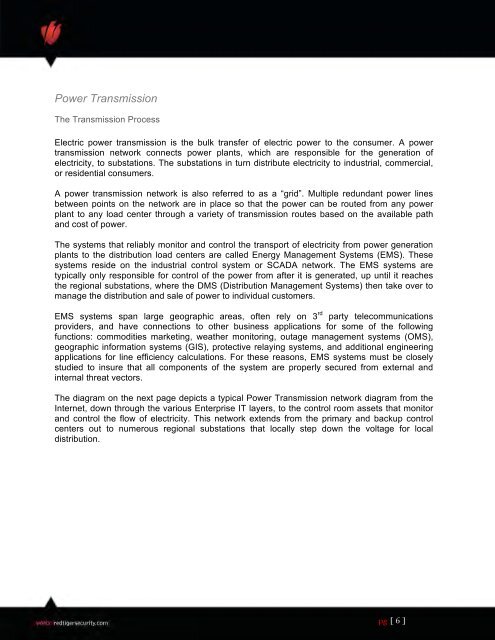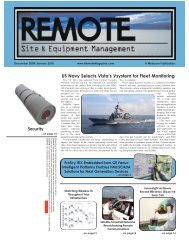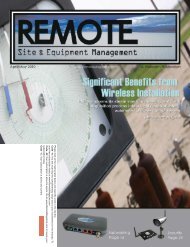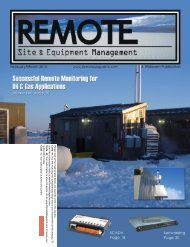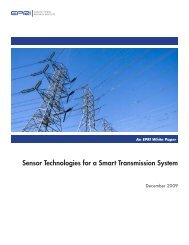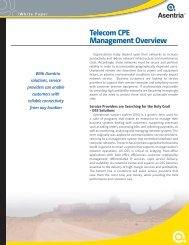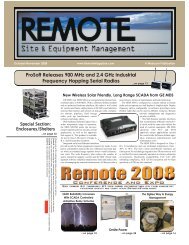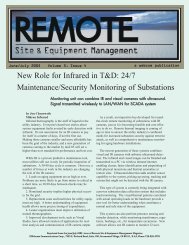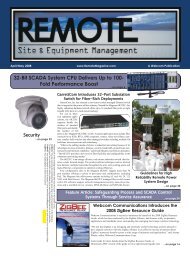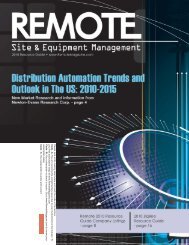Electricity for Free? The Dirty Underbelly of SCADA and Smart Meters
Electricity for Free? The Dirty Underbelly of SCADA and Smart Meters
Electricity for Free? The Dirty Underbelly of SCADA and Smart Meters
You also want an ePaper? Increase the reach of your titles
YUMPU automatically turns print PDFs into web optimized ePapers that Google loves.
Power Transmission<strong>The</strong> Transmission ProcessElectric power transmission is the bulk transfer <strong>of</strong> electric power to the consumer. A powertransmission network connects power plants, which are responsible <strong>for</strong> the generation <strong>of</strong>electricity, to substations. <strong>The</strong> substations in turn distribute electricity to industrial, commercial,or residential consumers.A power transmission network is also referred to as a “grid”. Multiple redundant power linesbetween points on the network are in place so that the power can be routed from any powerplant to any load center through a variety <strong>of</strong> transmission routes based on the available path<strong>and</strong> cost <strong>of</strong> power.<strong>The</strong> systems that reliably monitor <strong>and</strong> control the transport <strong>of</strong> electricity from power generationplants to the distribution load centers are called Energy Management Systems (EMS). <strong>The</strong>sesystems reside on the industrial control system or <strong>SCADA</strong> network. <strong>The</strong> EMS systems aretypically only responsible <strong>for</strong> control <strong>of</strong> the power from after it is generated, up until it reachesthe regional substations, where the DMS (Distribution Management Systems) then take over tomanage the distribution <strong>and</strong> sale <strong>of</strong> power to individual customers.EMS systems span large geographic areas, <strong>of</strong>ten rely on 3 rd party telecommunicationsproviders, <strong>and</strong> have connections to other business applications <strong>for</strong> some <strong>of</strong> the followingfunctions: commodities marketing, weather monitoring, outage management systems (OMS),geographic in<strong>for</strong>mation systems (GIS), protective relaying systems, <strong>and</strong> additional engineeringapplications <strong>for</strong> line efficiency calculations. For these reasons, EMS systems must be closelystudied to insure that all components <strong>of</strong> the system are properly secured from external <strong>and</strong>internal threat vectors.<strong>The</strong> diagram on the next page depicts a typical Power Transmission network diagram from theInternet, down through the various Enterprise IT layers, to the control room assets that monitor<strong>and</strong> control the flow <strong>of</strong> electricity. This network extends from the primary <strong>and</strong> backup controlcenters out to numerous regional substations that locally step down the voltage <strong>for</strong> localdistribution.pg [ 6 ]


